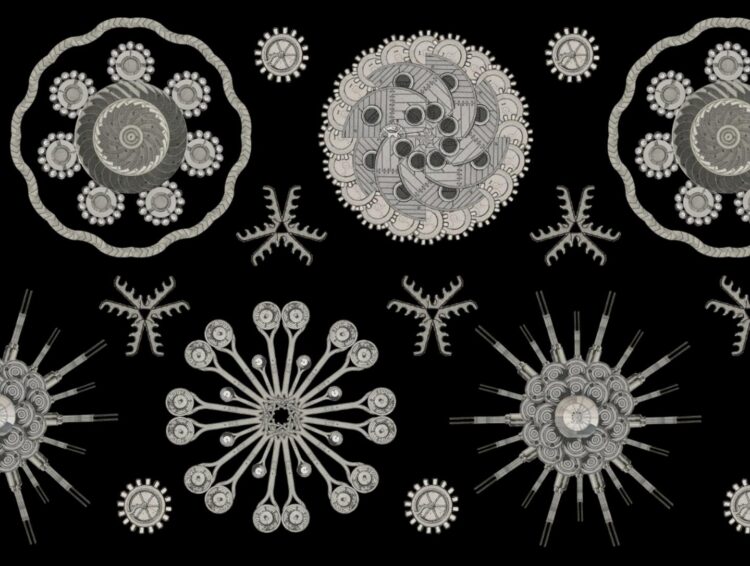A defining characteristic of all life is its ability to evolve. However, the fact that biologically engineered systems will evolve when used has, to date, mostly been ignored. This has resulted in biotechnologies with a limited functional shelf-life that fail to make use of the powerful evolutionary capabilities inherent to all biology.
Sim Castle, first author of the research, published in Nature Communications, and a PhD student in the School of Biological Sciences at Bristol, explained the motivation for the work: “The thing that has always fascinated me about biology is that it changes, it is chaotic, it adapts, it evolves. Bioengineers therefore do not just design static artefacts – they design living populations that continue to mutate, grow and undergo natural selection.”
Realising that describing this change was key to harnessing evolution, the team developed the concept of the evotype to capture the evolutionary potential of a biosystem. Crucially, the evotype can be broken into three key parts: variation, function, and selection, with each of these offering a tuning knob for bioengineers to control the possible paths available to evolution.
Prof Claire Grierson, co-author and Head of the School of Biological Sciences at Bristol, added: “Learning how to effectively engineer with evolution is one of, if not the biggest, challenges facing bioengineers today. Our work provides a desperately needed framework to help describe the evolutionary potential of a biosystem and re-imagine biological engineering so that it works in harmony with life’s ability to evolve.”
Sim Castle further stated: “What was surprising was that many of the tools already available to bioengineers fitted nicely into our framework when considered from an evolutionary perspective. We therefore might not be too far from making evolution a core feature of future engineered biological systems.”
Dr Thomas Gorochowski, senior author and a Royal Society University Research Fellow at Bristol, ended by saying: “Our concept of the evotype not only provides a means for developing biotechnologies that can harness evolution in new ways, but also opens exciting new avenues to think about and implement evolution in completely new contexts. Potentially, this could even lead to us designing new, self-adaptive technologies that evolve from scratch, rather than tinkering with biological ones that already do.”
###
This work was funded by the Royal Society, BBSRC/EPSRC Bristol Centre for Synthetic Biology (BrisSynBio) and EPSRC/BBSRC Synthetic Biology Centre for Doctoral Training (SynBioCDT) with support from the Bristol BioDesign Institute (BBI).
Paper
Simeon D. Castle, Claire S. Grierson, Thomas E. Gorochowski. Towards an engineering theory of evolution. Nature Communications, 2021; https:/
Media Contact
Shona East
[email protected]
Related Journal Article
http://dx.





